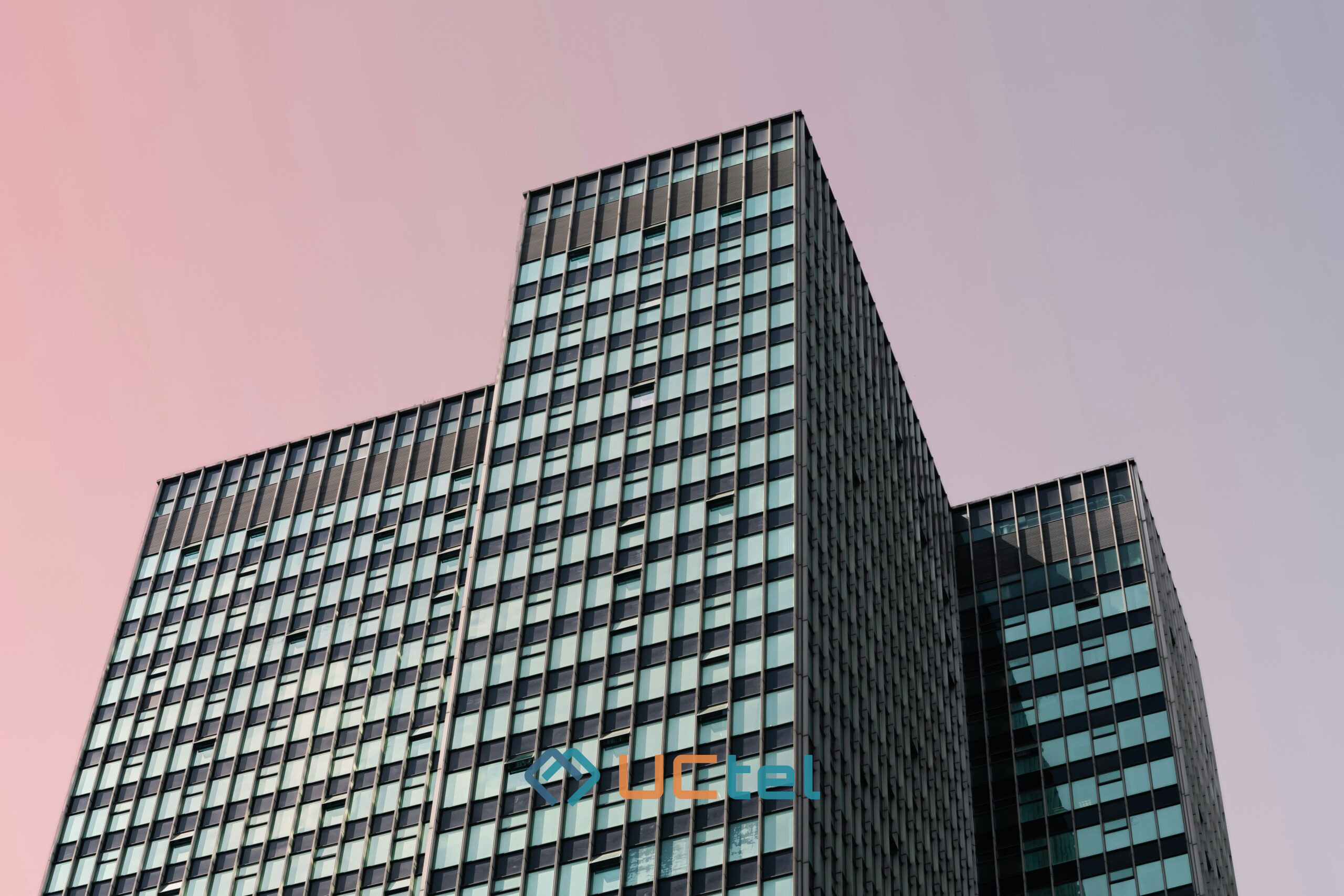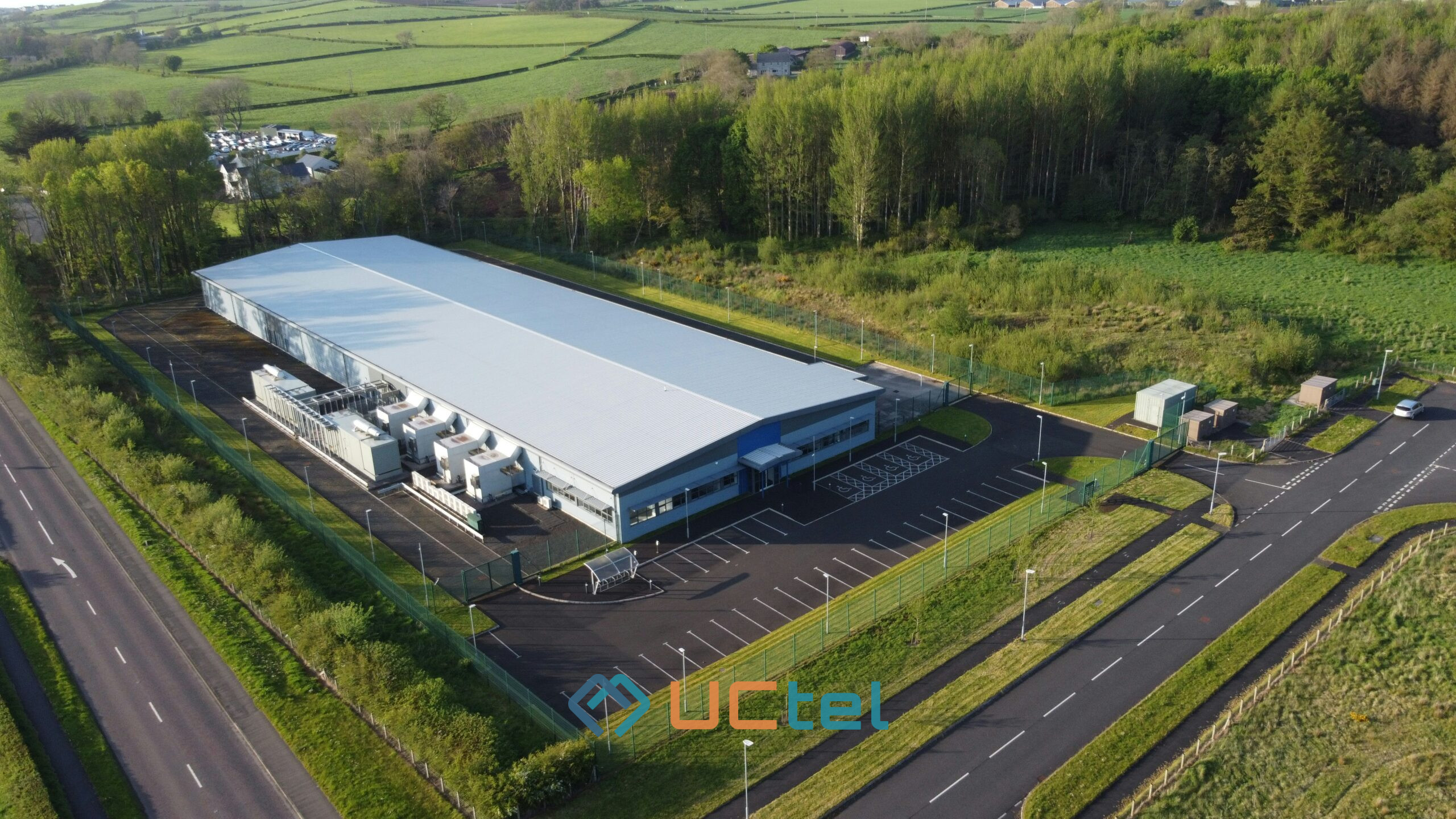
Сost of Private 5G and Private LTE Networks: What Should Business Choose
Table of contents
- 1. Demand for Private LTE/5G Networks is Growing, but High Costs are Still a Barrier
- 2. Private LTE or Private 5G Network: How to Determine Which to Choose
- 3. Factors Influencing the Cost to Deploy a Private 5G
- 4. Factors Influencing the Cost to Deploy a Private LTE
- 5. Consider UCtel Your Trusted Partner
- 6. Wrap Up
When it comes to private network deployment, businesses are spoilt for choice. Both private 5G and private 4G LTE are powerful mobile technologies, but one is definitely better. With 5G going mainstream and many businesses dipping their toes into its capabilities, business executives are wondering if the cost of private 5G and LTE is worth the hype or if it's just a buzzword and mere industry noise.
Leveraging artificial intelligence to its maximal potentials in your business requires more than just a stable and steady network connection. Private 5G features faster, lower latency, and stronger security than private LTE. However, do these really justify the costs in terms of ROI?
Spoiler alert: on all grounds, a private 5G network is superior to a private LTE network, and any future-forward business looking to automate most processes and utilise artificial intelligence in varying capacities needs to deploy private 5G, pronto.
This guide is all you need to understand the difference between the ROI of private 5G and LTE and their economic value. Let’s get down to brass tacks.
Demand for Private LTE/5G Networks is Growing, but High Costs are Still a Barrier
While enterprises are increasingly adopting private LTE/5G networks, 5G networks account for a greater share of the private networks market. Dedicated and private mobile networks are not new; however, they hit a new record in 2022, with over 1,000 deployments for various IoT applications on industrial sites, enterprise campuses, and local fixed-wireless use.
Almost every IT and OT leader we talk to about the future of their business network lists a private LTE/5G network as part of their growth plan, with many citing cost as the single most important limiting factor. In Q4 of 2023, we conducted a telco workshop with more than 50 CIOs and IT leaders, saying they were interested in private LTE and 5G network infrastructure. Again, spending, ROI, and the cost of private LTE and private 5G deployment came up as the number one factor preventing them from deploying their own mobile network.
We find that various factors affect spending on private LTE and 5G networks, especially equipment costs. Usually, deploying a private network requires the same equipment used for public networks. The other major issue affecting the cost of private networks is the manpower and technical know-how required to pull the project through.
With enterprise private networks managed similarly to Wi-Fi currently available on the market, the spend on private LTE and 5G networks is significantly reduced. This brings us to the question, “how much do private LTE and 5G networks cost compared to Wi-Fi?”
A case study revealed that when deploying a private network over a 250,000 sq ft indoor space and 1,000,000 sq ft of indoor space in a steel manufacturing plant, the number of access points (AP) needed were 5-6X fewer for outdoor APs and 4-6X fewer for indoor APs throughout the building. To bring this into perspective, we’re talking 17 private mobile APs vs 100 Wi-Fi APs. At the enterprise level, a private LTE/5G network may be cheaper than Wi-Fi in certain use cases, as it require fewer APs.
Commercial businesses can use private mobile networks to replace old technologies like TETRA or provide a cheaper alternative to wired networks. Some private network deployments can be integrated for use with Wi-Fi 6 and Wi-Fi 7 in varying capacities. In 2022 alone, 5G constituted more than 50% of publicly disclosed private networks, says Analysys Mason.
Although cost challenges still abound, the market is estimated to exceed 20,000 networks by 2026, and enterprise spend on these networks will reach $6.4bn by 2026. In countries like China, private LTE/5G rollout is even faster, and as of 2022, they’ve deployed nearly 7,000 private networks. This lists about 1,000 smart factories, 600 leading hospitals, 200 smart mines, 180 smart grids, and 89 smart ports, supporting over 20,000 applications.
In the UK, where enterprises are currently enduring a financial crisis, new data from S&P Global suggests that the nation could be trailing the path of a recession. As such, we predict that private network deployment will continue to increase but won’t see a surge.
Also, certain verticals such as healthcare, warehouses, university campuses, factories, and airports will continue to increase their private network deployment. From a horizontal perspective, we are going to see growing investments in the adoption of enterprise RAN systems for in-building coverage for indoor and in-building businesses such as offices and corporate buildings. In fact, the indoor private LTE/5G market is forecasted to reach $2bn by 2026.
Over all, private 5G deployment will be more, as it helps to streamline production processes, enable automation, and improve bottom lines. It’ll also support emerging applications involving drones, automated vehicles, and robotics.
Private LTE or Private 5G Network: How to Determine Which to Choose
The cost of private LTE and 5G networks should not be the only determining factor when choosing between the two network options. While both private LTE and 5G are increasingly being deployed by mining, agriculture, manufacturing, healthcare, and more industries, they have clear-cut differences. Here are a few:
1. LTE vs 5G – Bandwidth, Speed, and Latency
Speed
Which is faster, private LTE or Private 5G? 5G is significantly much quicker than 4G LTE. 5G was introduced to fix 4G’s network challenges, and in 2008, the ITU — International Telecommunications Union recommended that the LTE network’s throughput needs to be up to 1 Gb/s in real circumstances. True LTE speed is around 100 Mbps, whereas true 5G download speed is up to 20,000 Mbps.
However, various factors, such as poor network, congestion, and even bandwidth, can affect the data rates. According to the IMT-2020 report published by the ITU, the 5G data rate ranges from 100 Mbps to 20 Gbps.
Latency
In simple terms, latency is the delay in network communication. Whereas private 5G has an ultra-low latency of 1ms but can go up to 4ms, the latency of private LTE networks is around 200 milliseconds.
Bandwidth
Typically, the private 5G radio frequency is between 30–300 GHz, although in the UK they use sub-6 GHz range, the same bandwidth used by LTE. Maximising LTE/5G speed is only possible with a private, dedicated wireless access system, where users don’t have to split the bandwidth with other users.
2. LTE vs 5G – Base station
In telco, a base station is a fixed transceiver serving as the main communication point for one or more wireless mobile client devices. It is the central connection point for wireless devices to communicate. The base station in 4G LTE networks is usually evolved Node B or eNode B. On the other hand, 5G uses Gnode, which can be deployed as a standalone and non-standalone. One major difference between the cost of private 5G and LTE is the power requirements. Usually, 5G base stations require 2X the amount of power of a 4G base station.
3. 4G vs 5G – Network slicing
With 4G LTE and earlier iterations, if a user needs a specific service for an application, including emergency services, the only option is to either build a new physical network or use a VPN — virtual private network. Private 5G’s network slicing is a game changer in this regard as it delivers a quantum jump in data throughput, network speed, ultra-reliability, and low latency.
Using network slicing, users can construct several network slices or virtual networks for different applications.
4. 4G vs 5G – Security
Private 5G is more than just speed. Its security measures are tighter than LTE. With increasing application use comes increased risk for cyberattacks. Pursuant to the General Data Protection Regulation (GDPR), personal data encryption was established with 5G, which forms a second layer of protection for users against hackers and unauthorised access.
To understand the cost benefits and value of LTE and 5G private networks, it’s important to explore the factors influencing private 5G deployment.
Factors Influencing the Cost to Deploy a Private 5G
One initial worry business executives share with us before deploying a private 5G network is how the technology justifies the cost. Some factors influencing the cost of private 5G deployment are listed below. This also explains why the cost differs for different businesses.
1. Project size
This is a no-brainer. How big your project is determines how much the deployment will charge you. For instance, the access points, equipment, and more needed to cover a 45,000 sq ft factory will not be enough to cover a 250,000 sq ft warehouse.
2. Existing infrastructure
Existing infrastructure already in place, such as private LTE and Wi-Fi 6 or 7, determines the cost of private 5G deployment. In most scenarios, it’s cheaper.
3. Type of 5G network
When choosing between 5G vs LTE, the private 5G network cost will depend on its type. For instance, it’s cheaper to deploy private 5G small cells than other types.
4. Equipment and other elements needed
Using similar equipment to public 5G deployments used by carriers like EE and Three will definitely be more expensive to deploy than other cost-effective options.
5. Installation technicalities
This involves other miscellaneous spending during the private 5G installation process.
In a nutshell, the steps to build your own 5G network include: do your own research >> get an expert Private 5G team like UCtel on board >> planning >> survey >> budgeting >> installation >> post-installation maintenance. Want more details? Read more on how to deploy a private 5G network for business.
Factors Influencing the Cost to Deploy a Private LTE
Similar factors influencing private 5G also determine how much a private LTE network will cost. These influencing factors include:
- How big the private LTE network will be;
- If there’s already an existing wireless LAN solution in place;
- The 4G LTE network type to be installed;
- Amount and quality of installation equipment.
Comparing the cost of private 5G and LTE based on the installation process shows no difference at the surface level. To install an LTE private network, you need to plan, map out the project, make cost considerations, and then deploy the network.
Consider UCtel Your Trusted Partner
To deploy a private LTE or 5G network, we recommend working with a reliable and experienced wireless communications team such as UCtel. We have over 20 years of experience and numerous satisfied clients. We know what it takes to enhance a signal. Our private 5G network installation is innovative and comes with no hidden fees. Our expert team will guide you through the whole process, from planning and designs to post-mortems. Contact us today for a next-gen experience.
Wrap Up
You may still be wondering, “When will 4G be phased out?” while 5G is a better option for mission-critical operations advancing towards push-to-video models, video streaming, file sharing, IoT, and more in today’s business world, 4G remains a more reliable wireless LAN solution with better coverage, especially in smaller cities. However, businesses and enterprises vying for a place on the global stage need a private 5G deployment for next-gen capabilities.





